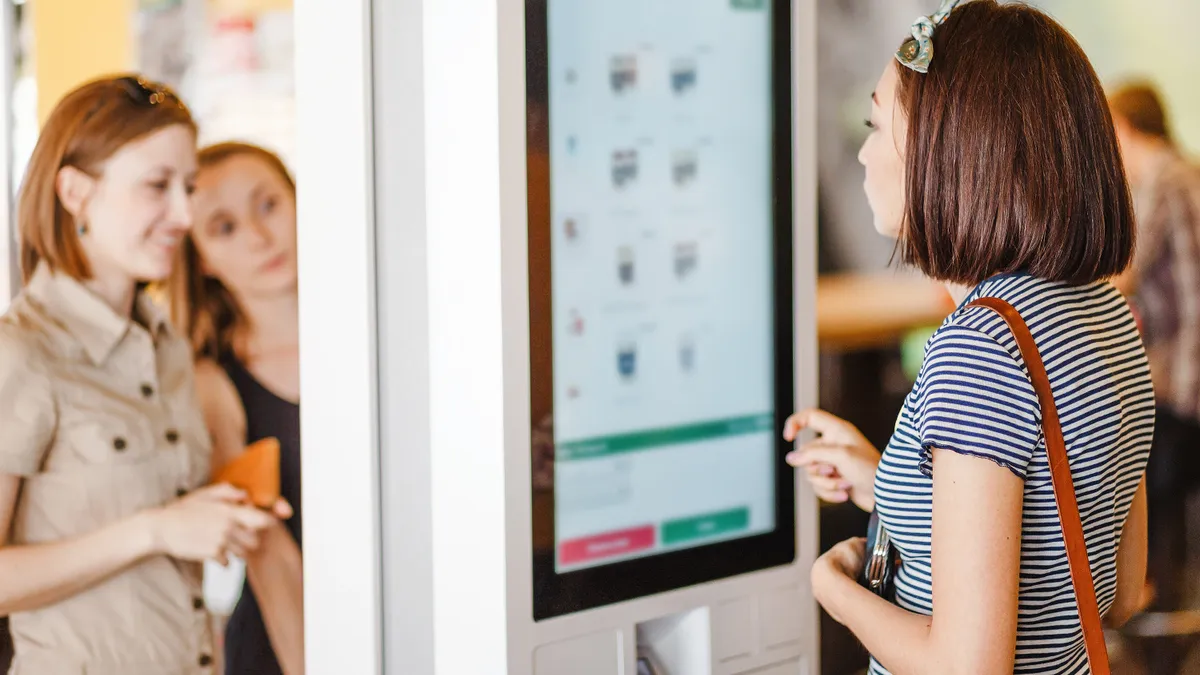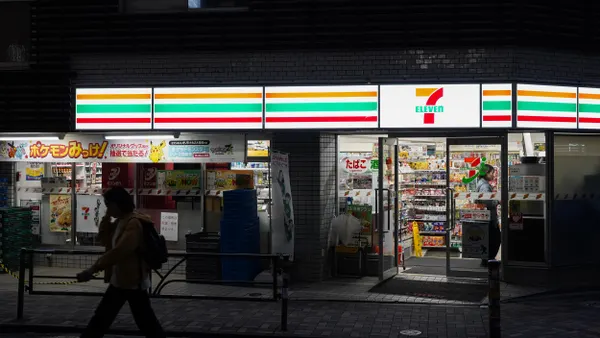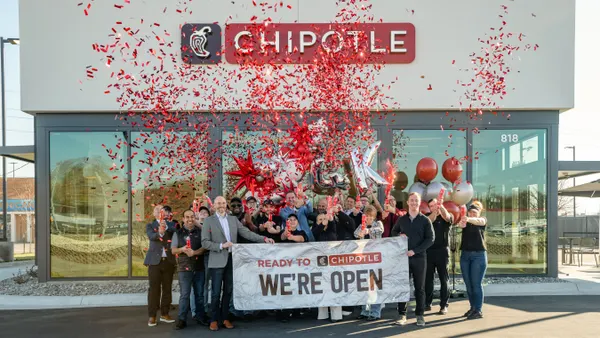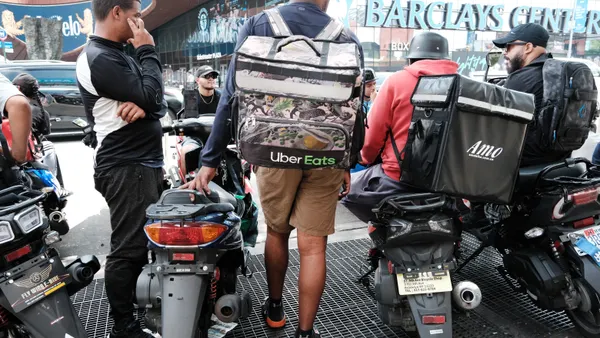Self-ordering kiosks are a game-changing technology — brands like McDonalds, Taco Bell and Shake Shack are disrupting the industry with them. Self-ordering kiosks can increase customer loyalty, raise average order values, lower labor and other operational costs and boost restaurant productivity. This, though, is the idealized outcome. Fleet deployments are immensely complex and laborious, and self-ordering kiosks present a major financial commitment to digital transformation of the customer ordering experience. Here are some of the common decisions restaurants fail to consider before embarking on their self-ordering kiosk journey.
It's not "build versus buy," it's how much build versus how much buy
One of the biggest foundational questions for any fleet deployment is how hardware, software and management will be sourced. Do you go all-in with a total solution provider, or do you commit to building your own firmware and management platform from scratch?
The reality we all understand (but perhaps fail to state!) is that there are dozens of ways to answer this question with "a little bit of column A, a little bit of column B." Does your company have experience manufacturing hardware or working directly with ODMs? Then you might not want to develop your own kiosk device from scratch! This is obvious, of course, but the devil really is in the details.
You may have decided already that you want an "out of the box" kiosk device, but that's really just the beginning of your build versus buy journey. How are you going to put software on this system? Are you going to build a management platform, or purchase device management software? Does your OS have an associated licensing fee? Will you need to work with a hardware manufacturer to develop a custom SKU?
At Esper, we worked with Parker’s Kitchen, a combined convenience store and restaurant who wanted to quickly go to market with new self-service kiosks and a customer loyalty program. Rather than work directly with OEMs, they partnered with Esper and leveraged Esper’s hardware ecosystem to launch a full kiosk solution pre-loaded with Esper Foundation for Android, an enterprise Android OS build with robust, built-in management tools — all in just 10 weeks.
If you have internal expertise and experience — great! If not, consider working with experts who have hardware and software relationships to tailor your kiosk build to meet your unique needs without developing or hiring in-house expertise.
Kiosk management is a lifetime commitment
As long as your self-ordering kiosk is online, it will need to communicate with some kind of management cloud or server. This ensures the device remains online and engaged in its mission critical task (taking orders), but it also facilitates troubleshooting, updates, content management, security and overall kiosk health monitoring.
If you choose to build your own management and monitoring platform, you'll be committed to it for as long as your kiosks are taking orders — and that hopefully is a very long time. But using a half-measure tool like a traditional MDM designed for corporate employee smartphones is a surefire way to regret that commitment with endless troubleshooting, documentation and laborious, manual process. Have you considered how much work goes into understanding how an OS update could impact any customization you’ve built for how your peripherals work? Or what if your hardware manufacturer stops making your device model forcing you to move to a new make and model?
With a true partner in kiosk deployment and management, you can take kiosk management from a grinding chore to an automated, agile and robust business tool. And by starting with a platform designed to support and manage self-ordering kiosks for the full device lifecycle, you can increase development predictability and lower total cost of ownership.
Your self-ordering kiosk is only as good as your self-ordering kiosk support
A self-ordering kiosk goes down. Unlike an employee, you can't ask another kiosk if it can come to the restaurant today to pick up a shift (unless you've got a lot of kiosks). Bringing that kiosk back online is critical to your restaurant's revenue, and that restaurant could be hundreds or even thousands of miles from your nearest technician.
Looking at kiosks like glorified cash registers, it's easy to fall into a trap: Self-ordering kiosks aren't worth the trouble because the cost of supporting them must be immense! Sending technicians across the country may not even be an issue of cost, but of simple human availability.
One of our clients recently deployed self-ordering kiosks across their thousands of locations across the US. Using Esper as their dedicated device management platform for their kiosks (as well as all their other device types), they are able to connect to their kiosks from anywhere in the world. They can remotely take control of the system, guide employees through replicating issues in real time, and even stream live log output to debug misbehaving apps or services. Sounds like the future, right?
More potential unknown-unknowns
ARM or x86? Android or Windows? Both? Did you even know you had the option?
When it comes to self-ordering kiosks, we know a thing or two (or fifty). Come talk to Esper today to learn about the future of kiosks and restaurant devices.










